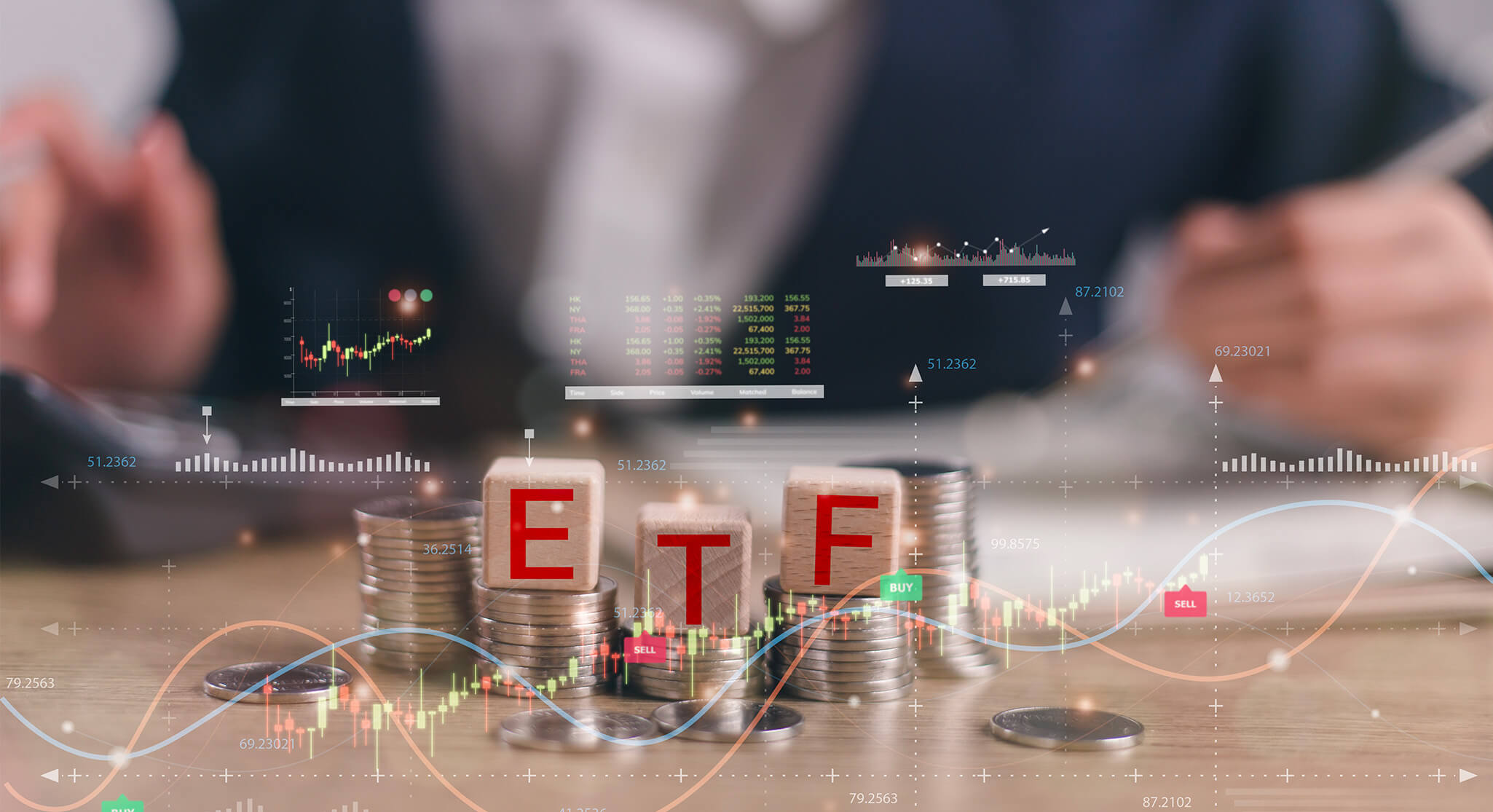Taking stock of active ETFs
Key Takeaways
- ETF expansion is exponential, with active outgrowing passive
- Active strategies are not immune to fee compression
- Efficiencies and technology are key to maintaining competitive
The ETF industry has transformed over the past three decades, with substantial growth in both assets under management and the variety of products available. From just a few US-based funds in 1993, there are now more than 13,000 globally, offering access to an array of sectors and asset classes, mostly equities but increasingly credit.
Their transparency, daily trading, and instant price discovery have been instrumental in winning over investors, both retail and institutions. As ETFs have become a favored investment vehicle, their share of total fund assets has grown from 15% in 2013 to 31% in 2023.
Most are passively managed low-cost, efficient wrappers that track an index, but investors increasingly want to replicate ‘differentiated, alpha-seeking strategies, or to gain unique exposures’, according to iShares.
The rise of active ETFs
Such is the momentum that Blackrock expects active ETF assets under management globally to grow from USD 900bn in the first half of 2024 to USD 4trn by 2030. The industry is at an inflection point in its trajectory, with actively managed ETFs beginning to outpace passive ones. Last year, more than three-quarters of US-listed ETF launches were active; globally, the figure was 43%, with actively managed ETFs beginning to outpace passive ones.
The active ETF market received a boost in 2019 from a SEC rule allowing semi-transparent ETFs (whereby disclosures are not made daily) and again earlier this year from a rule allowing semi-transparent ETFs with short holdings, thereby making room for even more investor options. Previously it was a long-only strategy for funds
Active is still comparatively small but growing fast. According to ETFGI, an independent research and consultancy firm, at the end of July 2024, assets invested in actively managed ETFs listed globally reached a new record of USD 974.29 billion. Moreover, in one of its recent updates, ETFGI reported that there were 39 new product launches in the global ETF industry during the week of 19 August, of which 23 were active.
Why opt for active ETFs?
Oliver Wyman report notes that investors are seeking strategies that not only outperform the market but also align with their environmental, social, and governance (ESG) considerations. They are also drawn to theme-based and innovative products. Active ETFs fulfil all three purposes.
The ability to outperform a chosen benchmark is a major factor that makes investors opt for actively managed ETF, says a JP Morgan Asset Management report.
Other factors include diversification. This might involve moving away from a passive strategy or allocating funds to an additional ETF provider.
Compared to mutual funds, active ETFs offer lower costs and increased transparency – a major reasons for investors to opt for this product. Those who take ESG considerations into account also select active ETFs for the active stewardship element, the report notes.
While actively managed ETFs have their benefits, they come with certain drawbacks too.
The ETF advantages
- Tax efficiency: ETF managers can exchange shares for underlying holdings, and vice versa, without incurring any tax, which is a big advantage over mutual funds.
- Low expense ratios: The average fee for active ETFs is about 0.65%, which is 36% cheaper than that of the average active mutual fund.
- Flexible trading: Investors have the flexibility to buy or sell active ETFs at any time during the trading day. They can also take long positions, engage in short selling, purchase on margin, trade options, and lend shares to others for a fee, reports MorningStar.
The ETF disadvantages
- Capacity risks: ETFs cannot close to new investors when they get too big. When a fund reaches capacity, it can slip into mediocrity or start altering its strategy.
- High trading costs: ETFs trade like stocks and, hence, have bid-ask spreads. Specialized ETFs are likely to have wide spreads, particularly during the market’s opening and closing hours, the MorningStar report adds.
Active ETFs and fee compression
The rise in competition in the asset management industry has forced managers to reduce fees to attract new investors and retain existing clients. This trend is likely to continue as firms compete to maintain their market position. A Factsheet report from 2021 said that while fee compression affected every asset major class and strategy, year-to-date fee pressure had been strongest in actively managed ETFs.
While offering an ETF that is actively managed, asset managers must think through how to price – a daunting task in an industry where margins are under pressure. First, they must compete with its passive counterparts. Unlike active fund managers, who actively make allocation decisions and trades, the manager of a passive ETF simply follows the movements of an underlying index. This hands-off approach reduces expenses, making passive ETFs more affordable.
Active ETF managers must also compete with other active ETFs. While performance remains crucial, cost efficiency is increasingly important. Those with lower fees are capturing more market share. Even with reduced fees, though, asset management houses can remain profitable when markets are marching upwards. Maintaining that position in a downturn is another matter entirely.
Technology and controlling costs
Adopting advanced technological tools is not just a choice, but a necessity for asset managers to combat fee compression and stay competitive.
The adoption of innovative ideas and technologies have helped drive significant shifts in investment strategies and fee structures. Cutting-edge technologies like artificial intelligence, data analytics, machine learning, blockchain, and process automation enhance operational efficiency and productivity.
Asset managers who develop new products, such as those focused on ESG factors, have seen a rise in demand. Those who can effectively assess the risks and costs related to ESG issues might be able to charge higher fees. Another option is to explore niche assets, though scaling these models could be challenging. Others might innovate fee structures, such as using outcome-based models like fulcrum fees.
Whatever the asset management specialty and business rationale, there are fundamental technological truths that firms cannot escape. As they operate across global markets, deal with evolving regulations and monitor portfolios in real time, market participants need to look inwards to keep costs in check. Too many still lean on outdated systems. By replacing cumbersome, disparate, and manual processes with technology that can facilitate joined-up workflows and automate tasks, managers can focus more on strategy and business relationships. It is one of the most cost-effective decisions a business can make.
Don't miss out
Subscribe to our blog to stay up to date on industry trends and technology innovations.


